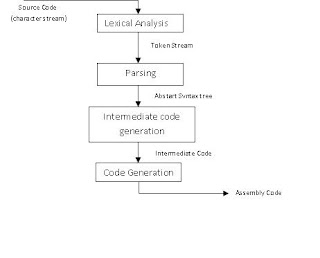UART & RS232
Universal Asynchronous Transmitter Receiver LSB first.Each character is sent as a logic low start bit , a configurable number of data bits (usually 7 or 8, sometimes 5), an optional parity bit, and one or more logic high stop bits . RS232 is standard to control the signaling RTS/CTS handshaking: DTE assert Ready to send (RTS) signal to DCE ,DCE reply by asserting Clear to send (CTS) in older RS232,Still in RS-232 to RS-485 bus converter use this mechanism to check bus mastering. DTE :data terminating Equipment (e.g. desktop) DCE:data circuit terminating equipment
